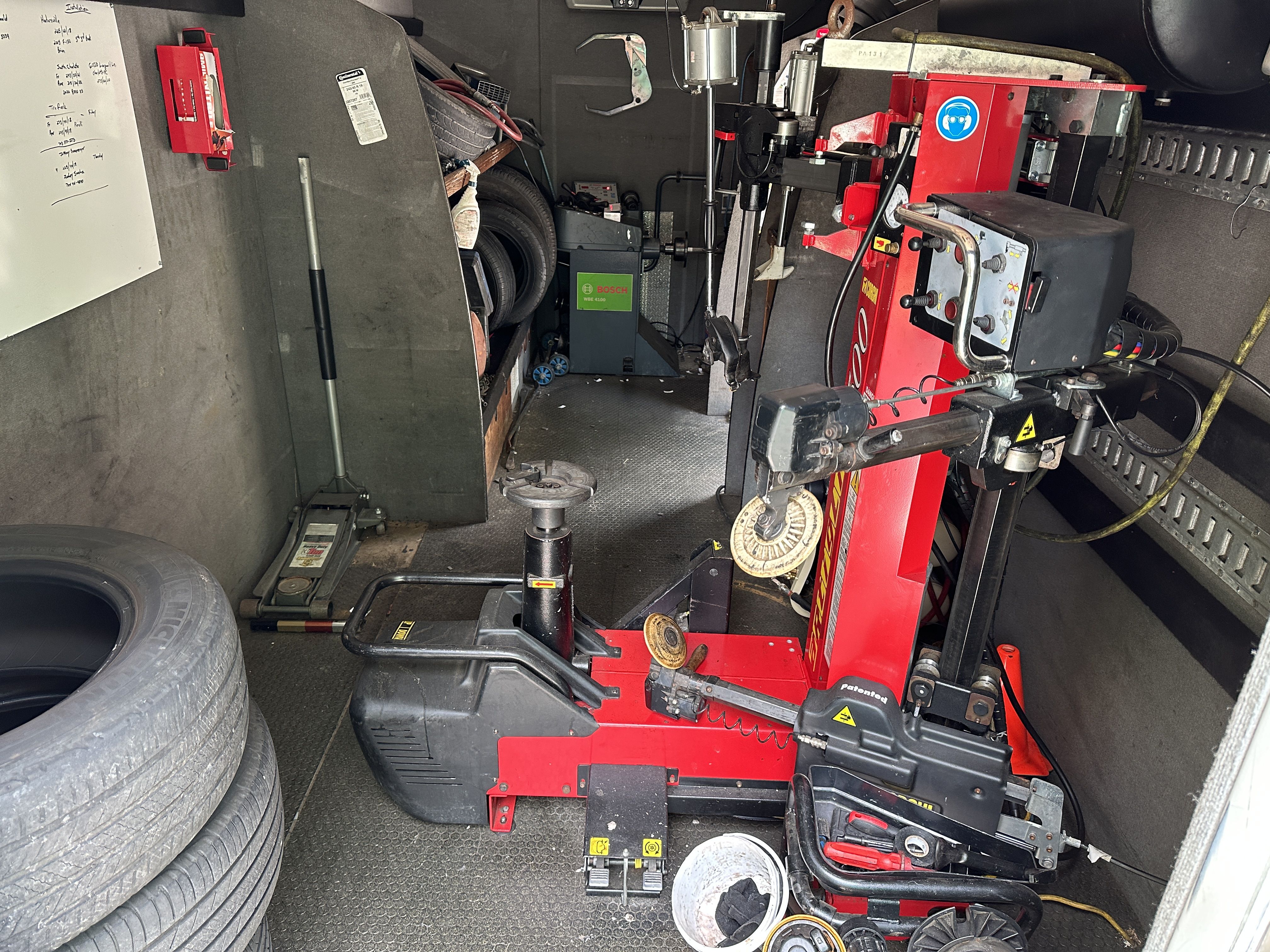Tire Service: Proven Techniques for Optimal Tire Maintenance and Care
Preserving ideal tire problem is paramount for both safety and security and efficiency of any vehicle. From guaranteeing proper tire stress to regular turning and positioning, there are proven techniques that can substantially extend the life-span of your tires and improve total driving experience. As we discover the intricacies of tire treatment and upkeep, we will discover necessary standards that every vehicle proprietor must adhere to for the ideal feasible outcomes. Allow's delve into the globe of tire solution and uncover the tricks to maintaining your tires in excellent shape for the long run.
Relevance of Tire Stress
Proper tire pressure is a crucial aspect in making sure optimum automobile efficiency and safety when driving. Preserving the suggested tire pressure levels provided by the maker offers various advantages. Firstly, appropriate tire stress advertises far better fuel effectiveness, as under-inflated tires can cause increased rolling resistance, triggering the engine to function tougher and take in more gas. Appropriate tire stress makes sure also walk wear, enhancing tire longevity and conserving money in the long run by postponing the requirement for premature substitutes. Furthermore, properly pumped up tires add to improved handling and stopping abilities, important for risk-free driving in various roadway conditions. Over-inflated tires, on the various other hand, can lead to decreased grip and a harsher experience. On the other hand, under-inflated tires are susceptible to overheating, which can bring about mishaps and blowouts. On a regular basis changing and checking tire stress, specifically eventually trips, is an easy yet efficient means to enhance car efficiency, prolong tire life expectancy, and prioritize safety and security when driving.
Tire Rotation Guidelines
When thinking about tire turning standards, it is important to recognize the importance of this maintenance task in optimizing tire life expectancy and keeping ideal lorry performance. Tire rotation includes changing the placement of each tire on an automobile to guarantee even step wear. Front tires have a tendency to put on more rapidly than rear tires due to steering forces, making normal turning essential for balanced wear patterns.

Benefits of Wheel Positioning
Ensuring correct wheel positioning after tire rotation is important for maintaining well balanced wear patterns and taking full advantage of car efficiency. Furthermore, correct wheel positioning aids to extend the life-span of your tires. Misaligned wheels can cause irregular tire wear, leading to early tire replacement and raised maintenance expenses.

Tire Tread Depth Examine
Executing a normal evaluation of tire tread deepness is crucial for keeping risk-free driving conditions and lengthening the life-span of your tires. Unequal tread wear can show concerns with tire stress, positioning, or suspension, highlighting the value of routine step depth checks. By incorporating tire step depth checks right into your routine upkeep routine, you can drive with self-confidence understanding that your tires are in leading problem.
Seasonal Tire Assessment
An extensive evaluation of tire condition customized to particular climate conditions is crucial for preserving optimal performance and safety and security throughout the year. Seasonal tire evaluation is a basic element of tire upkeep that makes sure tires are all set to face the difficulties posed by various climate condition. To prepare for winter season, it is important to inspect the tire pressure regularly as chilly temperatures can create tire pressure to go down. Inspecting tire walk deepness is additionally important to make certain adequate traction on snow and frozen roadways. Additionally, inspecting for indications of damage, such as lumps or splits, can help avoid possible tire failures. As the seasons modification, it is important to evaluate tire problem and make any kind of required changes to assure safe driving. By conducting regular seasonal tire evaluations, vehicle drivers can prolong tire lifespan, improve gas efficiency, and most significantly, make sure a safe driving experience in differing weather - Flat Tire Repair Las Vegas.
Verdict
To conclude, preserving appropriate tire pressure, turning tires regularly, straightening wheels properly, monitoring step depth, and carrying out seasonal examinations are vital techniques for optimal tire care. By following these confirmed techniques, vehicle drivers can ensure their tires last much longer, carry out far better, and add to total lorry safety and that site security. It is essential to focus on tire upkeep to avoid accidents, enhance gas effectiveness, and lengthen the lifespan of tires.
Sufficient tire pressure advertises far better gas performance, as under-inflated tires can lead to increased rolling resistance, triggering the engine to work more challenging and eat more fuel.When taking into consideration tire turning guidelines, it is necessary to comprehend the significance of this upkeep job in maximizing tire lifespan and preserving ideal car performance. Seasonal tire assessment is a basic aspect of tire maintenance that makes sure tires are all set to encounter the challenges positioned by different weather condition problems. By performing regular seasonal tire examinations, drivers can extend tire lifespan, enhance fuel efficiency, and most significantly, ensure a safe and secure driving experience in differing weather condition conditions.
In final thought, maintaining proper tire sites stress, turning tires on a regular basis, lining up wheels correctly, checking step deepness, and performing seasonal assessments are essential techniques for optimum tire care.